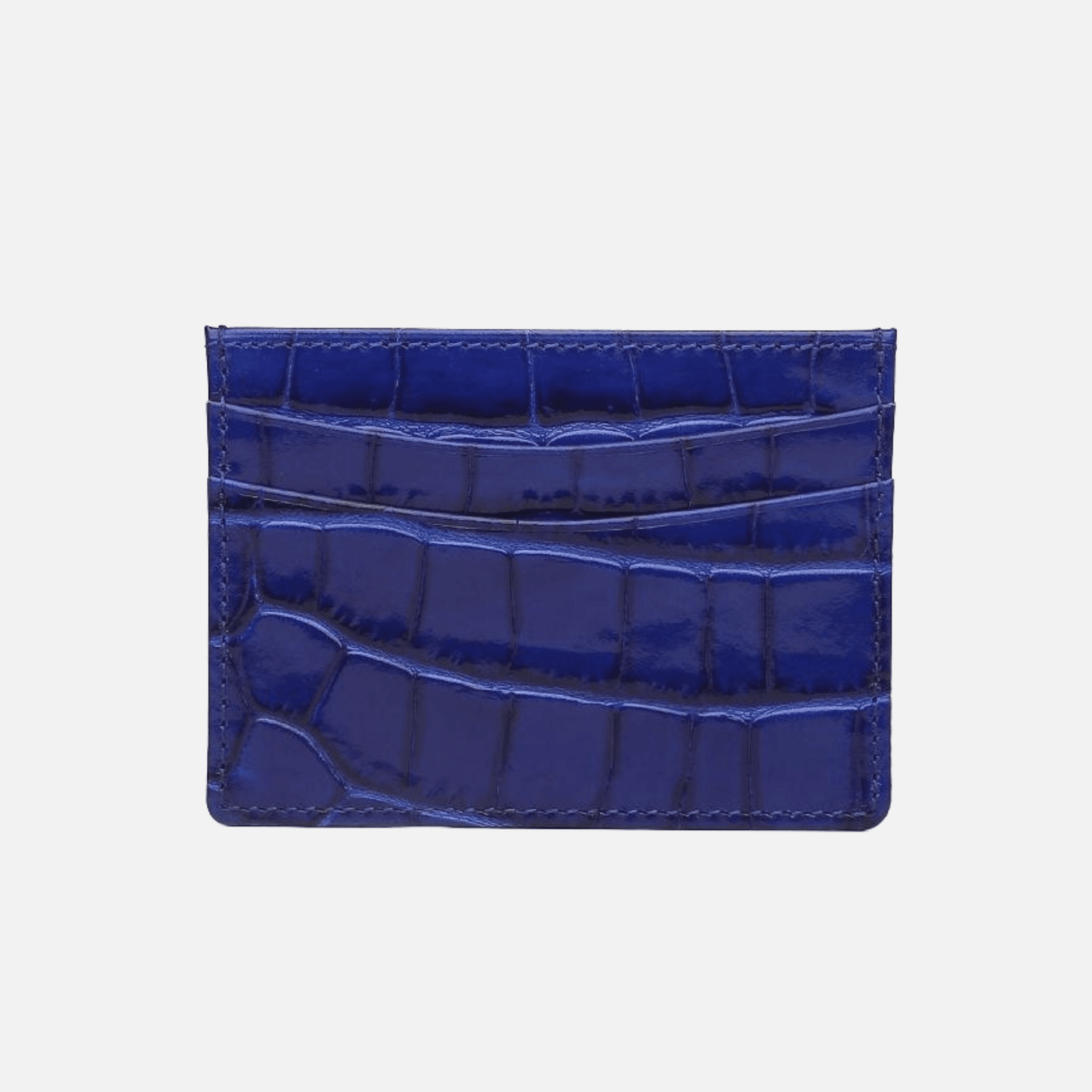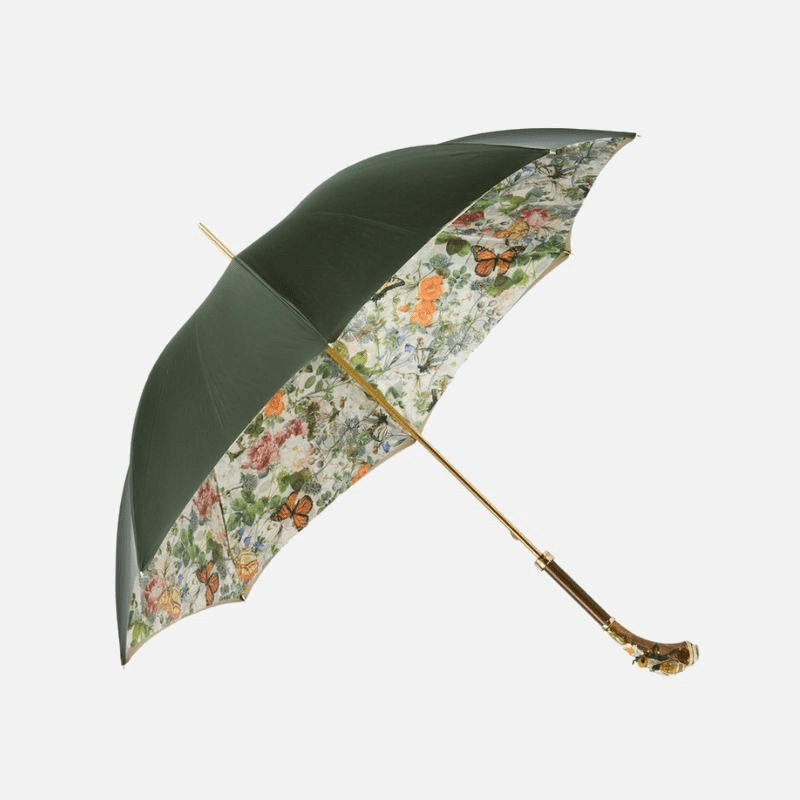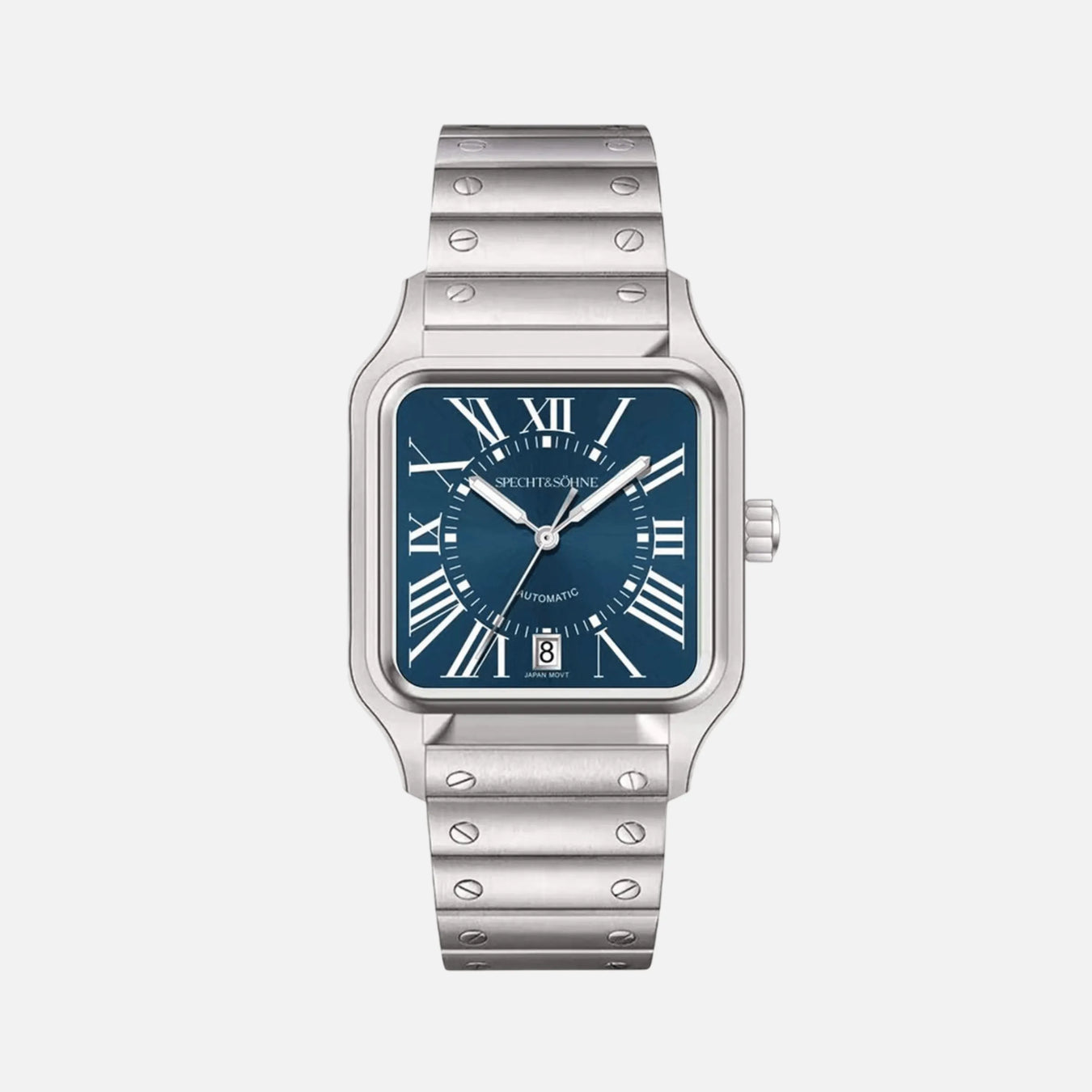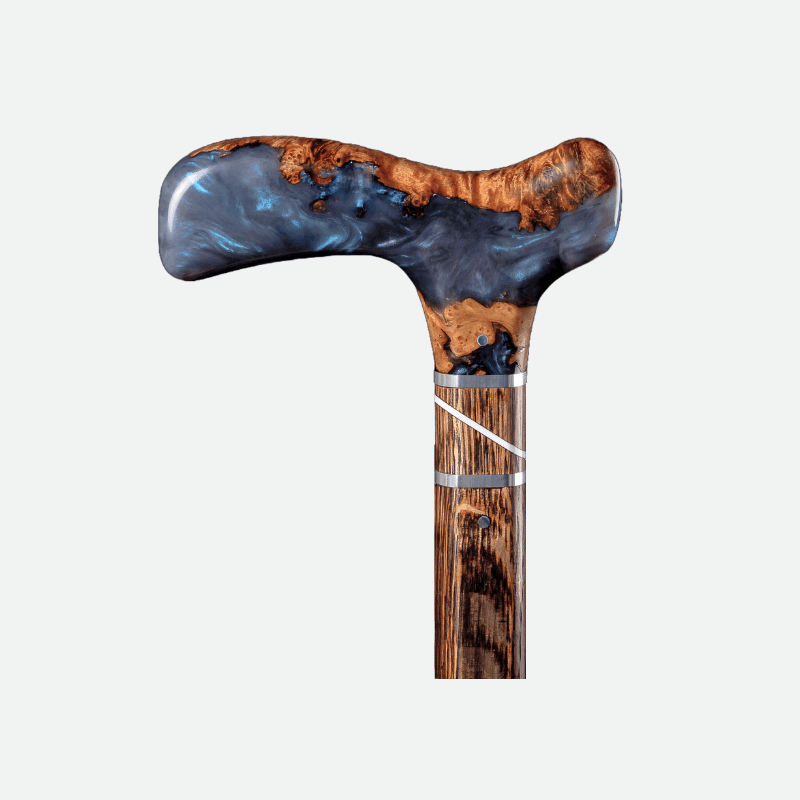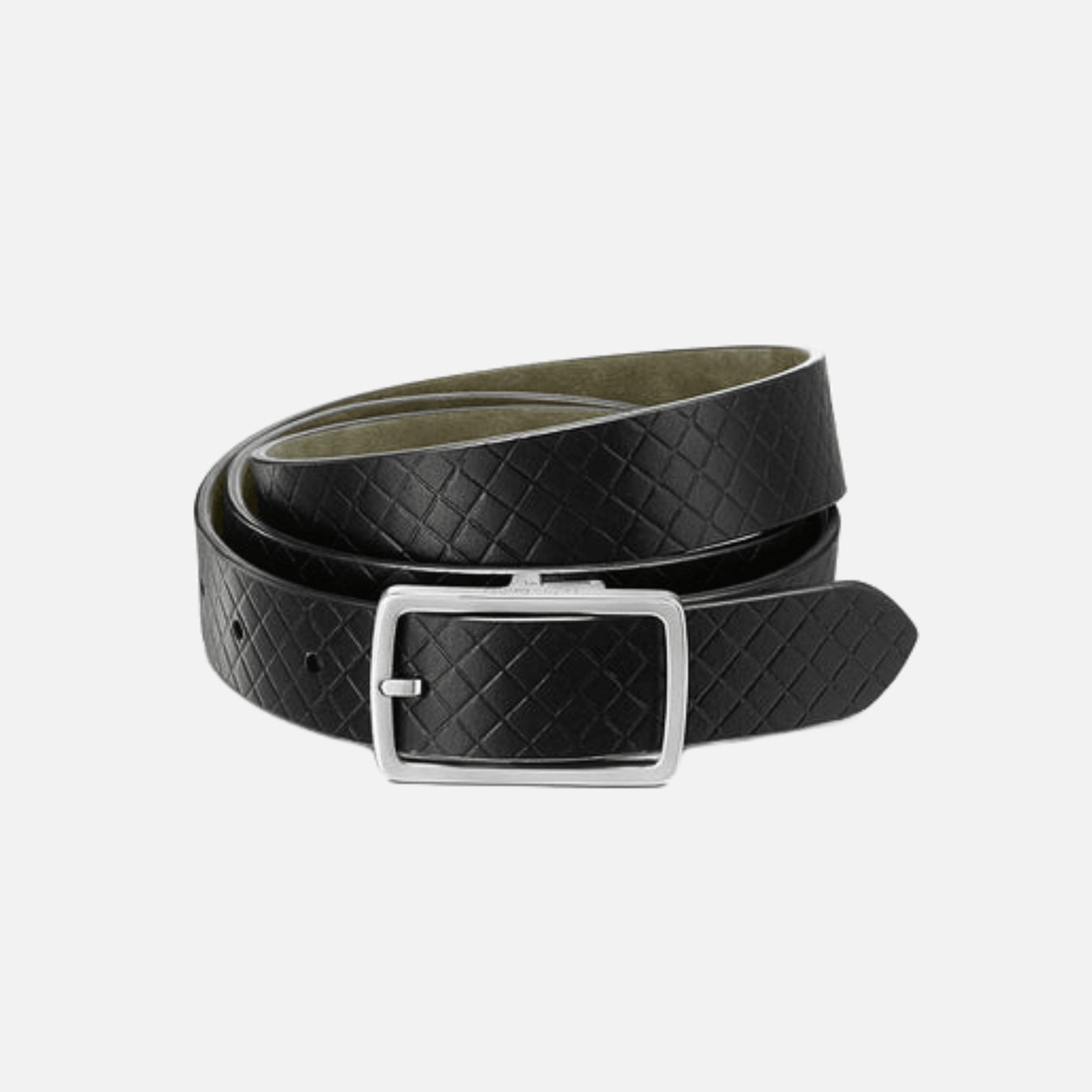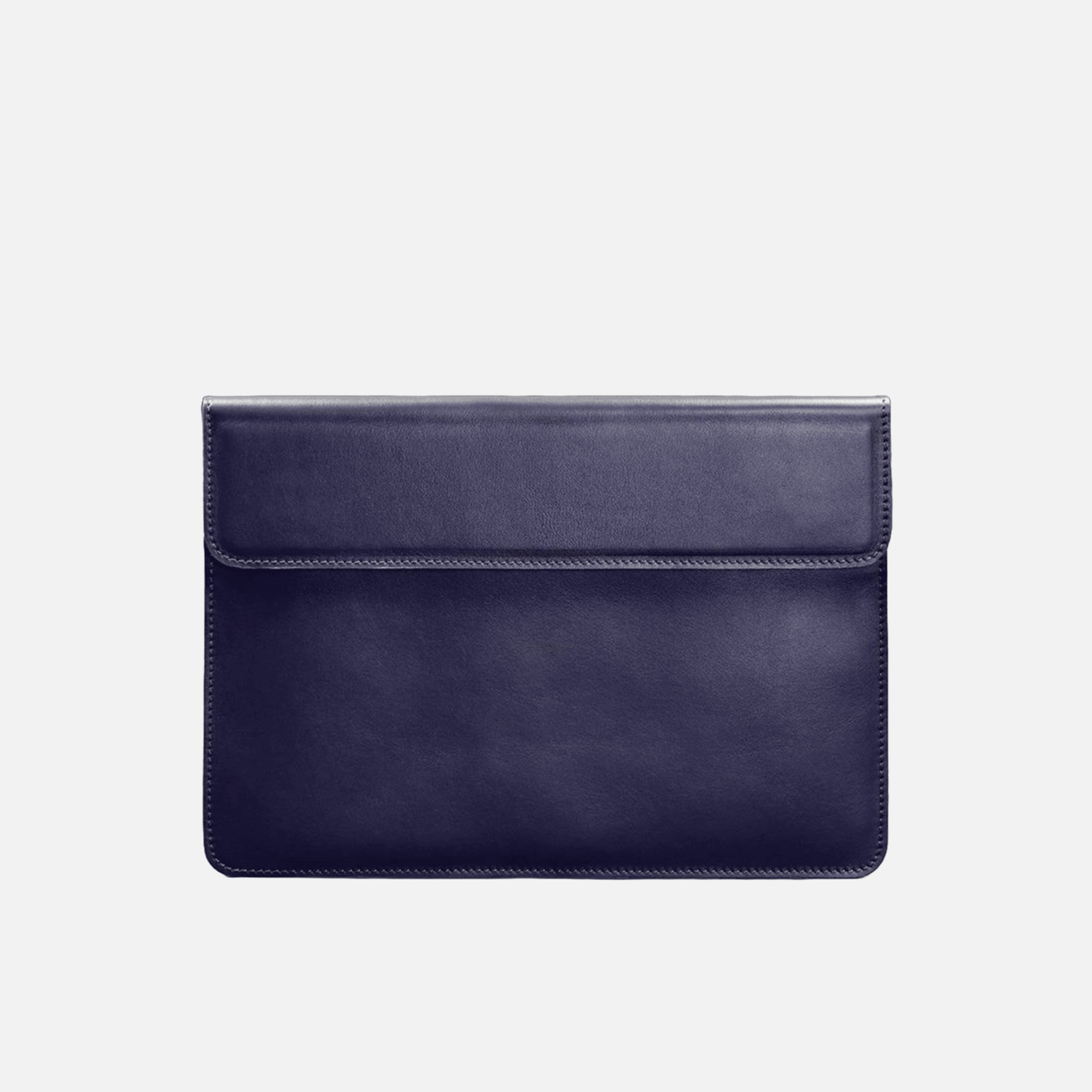
5 Key Features that Define a Luxury Fashion Brand
Introduction to Luxury Fashion Branding
In the realm of haute couture and high-end apparel, luxury fashion branding stands as the cornerstone that sets the elite labels apart from the sprawling mass of retail chains and casual wear brands. It is the craftsmanship of a distinct identity, imbued with heritage, exclusivity, and an aura of opulence, which beckons a clientele that prizes quality over quantity and prestige over practicality.
Luxury fashion branding is not purely about creating apparel but constructing a universe that encapsulates a lifestyle and an ethos that clients aspire to become part of. It is the meticulous concoction of:
- Exceptional designs that integrate timeless appeal with contemporary sensibilities,
- High-quality materials, ensuring durability and a sense of indulgence,
- Masterful craftsmanship, reflecting meticulous attention to detail and artistry,
- Limited edition collections, which foster a feeling of exclusivity, and
- Impeccable service, offering personalized experiences that resonate with the client’s desires.
Luxury brands employ strategic storytelling, where every stitch and seam narrates the rich history and the dedication to perfection that the brand epitomizes. This narrative is consistently propagated across all platforms, from boutique decor to advertising campaigns, social media presence, and beyond.
Marketing campaigns of luxury brands are often a blend of tradition and innovation, carefully curated to portray the brand’s heritage while connecting with contemporary culture and technologies. This sophistication in branding attracts an audience that is not merely purchasing a piece of clothing, but an identity and a piece of history.
To ensure the message resonates with their exclusive audience, luxury fashion houses invest heavily in the visual appeal and tactile allure, turning their products into coveted objects of desire. This inexorable focus on branding is what distills a sense of rarity and value, elevating mere fashion into the echelons of luxury.
The Importance of Craftsmanship in Luxury Fashion
Craftsmanship sits at the very heart of luxury fashion, serving as a defining feature that separates high-end brands from the mass market. Exceptional craftsmanship is evident in every stitch, cut, and fold, reflecting a blend of tradition, precision, and artistic excellence. These brands are steeped in rich heritage, where skilled artisans pass down techniques from one generation to the next, ensuring the preservation of their unique artistry.
Luxury fashion houses invest considerably in craftsmanship, employing masters in their fields to create pieces that embody the brand’s ethos. In these ateliers, time-honored processes and meticulous attention to detail result in garments and accessories that are not only durable but also timeless in design.
Material Quality: Premium materials are the foundation upon which luxury items are crafted. These may include exotic leathers, high-grade metals, fine silks, and cashmere, each selected for its superior quality and distinctive characteristics.
Expert Technique: Artisans often utilize hand-sewing techniques and custom tailoring to ensure a perfect fit and finish that machine production cannot replicate.
Detailing: Beading, embroidery, and other embellishments are frequently done by hand, often requiring many hours to complete a single garment, epitomizing a commitment to quality over quantity.
Innovation: Artisans not only preserve traditional methods but also innovate. They balance heritage with contemporary technology, creating groundbreaking pieces that push the boundaries of fashion.
Consumers of luxury fashion seek more than just clothing; they seek artwork that tells a story, represents an ideology, and offers an experience. Hence, craftsmanship is not merely a marketing buzzword; it is the cornerstone upon which the credibility and legacy of any luxury brand are built.
Exclusivity: The Hallmark of High-End Fashion
The allure of luxury fashion is often anchored in its exclusivity, which denotes a realm of fashion where access is intentionally limited. This aspect of a luxury brand is multifaceted, with several dimensions that underscore its elite status:
Limited Edition Releases: High-end fashion brands frequently produce limited-run items that cater to an audience keen on owning something unique. These limited editions are regarded as collectibles and are much coveted for their rarity.
Selective Distribution: Luxury brands carefully select where their products are sold, often choosing upscale retail locations or their own branded boutiques, lending a sense of privilege to the purchasing experience.
High Price Points: Exorbitant pricing is a strategic aspect of exclusivity. It creates a barrier to entry that ensures only a specific, affluent demographic can afford these luxury garments and accessories.
Customization and Personalization: High-end fashion labels offer bespoke services and personalization options that allow patrons to possess pieces that are tailormade, enhancing the feel of exclusivity as no two custom pieces are entirely alike.
By-Invitation-only Events: Exclusive events such as private viewings, shows, and galas are orchestrated for an elite clientele, further reinforcing the sense of membership in a privileged club.
Furthermore, luxury brands cultivate an image of scarcity, whether through production quantity or geographic availability. This strategy operates on the principle that the more unattainable an item is, the more desirable it becomes. By controlling the market in this way, luxury fashion brands engender a perception of value beyond the physical garment, elevating their offerings to symbolic status artifacts. An item from a high-end fashion brand thus represents not just a product, but entrance into an exclusive circle of affluence and influence.
Innovative Design: Pushing the Boundaries of Style
A luxury fashion brand is synonymous with not just quality and exclusivity but also pioneering design. It is this ingenuity in style that sets a brand apart in a crowded marketplace. Luxury brands are perennially at the vanguard of fashion, presenting groundbreaking designs that defy norms and challenge conventional aesthetics.
They achieve this through a multifaceted approach:
Embracing Avant-garde Elements: Luxury brands often incorporate avant-garde features into their designs, using unconventional materials, introducing innovative silhouettes, or applying high-tech production techniques. The result is a collection that resonates with a contemporary, yet timeless appeal.
Collaboration with Art and Fashion Visionaries: By partnering with prominent artists, architects, and designers, luxury brands merge diverse creative perspectives, ensuring their offerings are a fusion of myriad cultural influences and the very epitome of innovation.
Bespoke and Limited Editions: High-end brands often offer bespoke services or limited-edition pieces. These exclusives not only deliver unparalleled craftsmanship and detail but also establish new trends and define what’s considered luxurious and stylish.
Technological Integration: Whether it’s employing AI in design, utilizing sustainable high-tech fabrics, or adopting virtual reality for new shopping experiences, luxury brands are integrating cutting-edge technology, purposefully shaping the future of fashion.
Storytelling Through Design: Be it through narrative-driven collections or patterns that carry a historical significance, luxury brands weave a rich story into their designs, adding depth and character that transcends the purely aesthetic.
Luxury fashion is thus an ever-evolving art form. A brand that excels in innovative design is not just selling clothes; it is providing a unique expression of personal identity and an experience that resonates on an emotional level with the consumer.
The Role of Brand Heritage in Defining Luxury
Brand heritage serves as a cornerstone in the edifice of a luxury fashion brand. It encapsulates the brand’s history, its origins, the evolution of its craftsmanship, and the narrative that has been woven over time to create an aura of exclusivity and prestige. Brand heritage is not merely about longevity; it is the embodiment of a brand’s core values that resonates with the discerning consumer seeking authenticity and tradition.
Establishment of Credibility: A luxury brand’s heritage establishes its credibility in the market. A longstanding history often implies a consistent delivery of quality and the perfection of craft, which are essential attributes of luxury.
Differentiation Factor: In an overcrowded marketplace, brand heritage distinguishes a luxury brand from its competitors. It is a unique selling proposition that cannot be easily replicated or imitated by new entrants.
Storytelling Component: Luxury brands with a rich heritage have a natural advantage in storytelling, which can captivate and engage customers. This narrative often includes legendary figures, iconic products, critical milestones, and historical craftsmanship techniques, all of which contribute to the brand’s mythical status.
Emotional Connection: The history associated with a luxury brand fosters an emotional connection with its audience. Consumers are not just buying a product; they are buying into a legacy—a piece of history.
Perceived Value: The perceived value of products from a brand with strong heritage is often higher. Customers are willing to pay a premium for goods that are part of a storied tradition and represent a higher level of prestige.
Brand heritage shapes the way luxury brands are experienced and perceived by consumers. It is a potent amalgam of culture, artistry, and time-honored practices that forms an intrinsic aspect of a luxury brand’s identity, ensuring its offerings are seen as investments rather than mere acquisitions.
Superior Quality Materials: The Foundation of Luxury Apparel
When defining what sets a luxury fashion brand apart, one cannot overlook the cornerstone that is superior quality materials. These materials are meticulously selected for their exceptional characteristics which include durability, rarity, and an unrivaled touch of elegance.
- Silk: Often sourced from heritage-rich locations, silk is lauded for its smooth texture and lustrous appearance. It embodies sophistication and timelessness, serving as a staple in high-end fashion collections.
- Cashmere: Renowned for its softness and insulating properties, cashmere is a luxury fabric that offers warmth without the bulk. Its exclusivity is due to the limited quantity that can be harvested from cashmere goats annually.
- Leather: Premium leather is a testament to luxury’s longevity and adaptability. It is often handpicked from the finest tanneries, ensuring that each piece provides a superior feel and ages beautifully over time.
- Exotic Skins: For the apex of opulence, luxury brands turn to exotic skins such as alligator and ostrich. Their singular textures and patterns exude a sense of rarity and indulgence.
- Fine Wool: Superior wool types, like Merino or Vicuña, are known for their ultra-soft texture and excellent thermal properties. They are integral for crafting bespoke suits and knitwear that are both comfortable and stylish.
The commitment to quality materials is not just about the feel and appearance. Luxury apparel must also meet the highest standards of ethical sourcing and sustainability. It is this dedication to excellence that ensures the end product not only looks extraordinary but also stands the test of time, wearing gracefully with each use. For a luxury fashion brand, it is this foundation that shapes the narrative of its heritage and marks its pieces as investments worthy of their price tags.
Personalization and Bespoke Services in Luxury Brands
Luxury fashion brands thrive on the exceptional quality of their goods, but what truly sets them apart is their commitment to personalization and bespoke services. These brands go beyond the expected, offering customers an intimate, tailor-made experience that celebrates individuality.
Tailored Experiences
Luxury brands understand the significance of exclusivity and cater to their clientele with personalized shopping experiences. By appointment consultations in private showrooms or at-home visits allow clients to feel prioritized and valued. The environment in which these services are offered is often as exquisite as the products themselves, ensuring the experience is memorable and unique.
Customization Options
Customization is a hallmark of luxury, with brands providing an array of options to make a product truly one’s own. This might involve monogramming, selecting specific colors or materials, or even designing a piece from scratch. The luxury consumer relishes in the opportunity to co-create with the brand, cementing their sense of ownership and connection to the item.
Bespoke Craftsmanship
Many luxury fashion brands have workshops with skilled artisans who create bespoke items. These craftsmen and women invest hours of laborious work to ensure each piece is perfect and meets the customer’s specifications. Whether it’s a tailor-made suit, a handcrafted handbag, or custom-formed shoes, this high level of craftsmanship underlines the brand’s dedication to quality and uniqueness.
After-Sale Services
Post-purchase, luxury brands continue to offer personalized services to maintain the immaculate condition of the products sold. Services such as repairs, cleaning, and even upgrades are provided, often with the promise of an enduring relationship between the brand and consumer.
Luxury brands recognize that their high-net-worth clientele look for more than just products; they seek an immersive brand experience. By providing personalization and bespoke services, luxury brands fortify the emotional bond with their customers, ensuring loyalty and encouraging repeat business. This attention to detail in servicing individual tastes is what truly signifies a brand as a purveyor of the luxury lifestyle.
Global Presence and Rarity: Accessibility vs. Exclusivity
Luxury fashion brands often walk a fine line between being universally recognized and maintaining a sense of rarity. Global presence is a testament to a brand’s reach and recognition. It’s not uncommon for high-end brands to boast flagship stores in multiple fashion capitals like Paris, New York, and Milan. These physical locales serve not just as retail spaces but as emblems of the brand’s status and accessibility. Moreover, a global digital presence through sophisticated online boutiques has become equally critical. This universal accessibility ensures that customers around the world can interact with, and purchase from, luxury brands, no matter where they are.
However, exclusivity is just as vital to the cachet of luxury fashion brands. They often achieve this through:
- Limited Edition Releases: Small batch productions of certain items create a sense of urgency and elevate the allure of ownership.
- Selective Distribution: Products aren’t available everywhere; rather, they are sold through a carefully chosen network of retailers.
- High Price Points: Elevated costs act as a gatekeeper, ensuring that products remain out of reach for the general populace, preserving the brand’s exclusive appeal.
- Bespoke Services: Offering customization options cements a brand’s reputation for serving the elite who crave unique, tailored products.
Balancing accessibility with exclusivity is strategic. Brands leverage their global presence to cultivate a broad audience while using rarity to preserve an air of aspirational luxury. It’s a delicate dance that, when mastered, further defines a brand’s status in the hierarchy of luxury fashion.
Customer Experience: The Pinnacle of High-End Shopping
In the sphere of luxury fashion, the customer experience is not just a service but an immersive journey that touches upon all the senses and emotions, crafting a narrative that resonates with the clientele’s exclusive lifestyle. The experience begins the moment a potential customer encounters the brand, whether it’s through a meticulously curated online presence or the architectural grandeur of its retail outlets.
- Personalization is key. Luxury brands often offer bespoke services, allowing clients to have a hand in the creation of their own unique pieces. It’s not uncommon to find monogramming services, private fittings, and consultations with skilled artisans as part of the shopping experience.
- Exceptional service. Staff in luxury boutiques are the embodiment of the brand’s ethos. Highly trained in both product knowledge and the art of customer care, they provide an individualized level of attention that makes shoppers feel valued and pampered.
- Exclusivity breeds desire. Access to limited edition products, early releases, or private showings elevates the sense of prestige and exclusivity that high-end shoppers crave.
- The ambiance is as important as the merchandise. Opulent interiors, inviting scents, and the right acoustics are carefully orchestrated to create an ambiance that reflects the brand’s image and appeals to the clientele’s refined tastes.
- Post-purchase care is also part of the luxury equation. Proactive customer service, tailored follow-ups, and hassle-free returns are just some of the aftercare services that help cement customer loyalty.
Luxury fashion brands understand that customer experience goes beyond transactions; it’s about cultivating relationships and ensuring that each interaction adds another layer of desirability to the brand. This holistic approach to customer engagement sets the stage for a lasting bond between the consumer and the brand, fostering not just satisfaction but deep-rooted brand advocacy.
Sustainability and Social Responsibility in Modern Luxury
In the contemporary world, luxury fashion brands are expected to lead not only in style and quality but also in ethical practices and sustainability. Environmental stewardship and social responsibility have become integral aspects that define luxury.
Materials Sourcing: Luxury brands are progressively using materials that are ethically sourced, sustainable, or recycled. Information about the provenance of materials and the conditions under which they were produced is increasingly transparent and a point of pride.
Production Processes: There is a strong emphasis on reducing waste, water usage, and carbon emissions in production processes. Luxury brands often implement innovative techniques to diminish their environmental footprint while maintaining their high standards.
Durability and Timelessness: The ethos of sustainability is also reflected in the design philosophy of luxury items. Rather than conforming to fast-changing trends, luxury brands emphasize the timelessness and durability of their products, encouraging consumers to view their purchases as long-term investments.
Community Engagement: Engaging with and supporting the communities involved in the manufacturing process is part of luxury brands’ social responsibility. This includes fair labor practices, providing safe working conditions, and often, initiating social programs to enhance the quality of life for workers and their families.
Philanthropy: Many luxury brands are involved in philanthropic efforts, often with a focus on environmental conservation and social welfare initiatives. Such actions are not only morally imperative but also resonate with consumers who value ethical commitment.
Resale and Longevity: The modern luxury market incorporates the concept of resale, allowing items to have a second life, further underscoring the importance of sustainability and waste reduction.
These facets represent a paradigm shift in the luxury industry. Adopting a sustainable and socially responsible approach has become vital in defining a luxury brand’s image, influencing purchasing decisions, and fostering consumer loyalty. Luxury brands that fail to incorporate these elements are increasingly seen as out of touch with modern values.
Marketing and Brand Identity: Building the Luxury Narrative
The alchemy of turning a brand into a recognized luxury icon hinges greatly on the finesse of its marketing and the allure of its brand identity. Luxury fashion brands meticulously cultivate an image of exclusivity and prestige to appeal to consumer aspirations. A significant feature of a luxury brand is its narrative— a compelling story that stitches together the brand’s heritage, craftsmanship, and exclusivity.
Heritage and Storytelling: Luxury brands often have a rich history and heritage that they leverage through storytelling. These narratives are not merely about the origins but about the journey of excellence and the embodiment of the brand’s philosophy over time. They signify tradition and the painstaking passing down of artisan skills, giving customers a sense of becoming part of a timeless legacy.
Visual Identity: The visual components of the brand, such as logos, color schemes, and packaging, must convey opulence and quality. From the font chosen for the brand name to the tactile feel of the product packaging, every detail contributes to a cohesive and distinctive visual language, recognizable at a glance and suggestive of the brand’s core values.
Consistency Across Platforms: Whether through high-end magazine advertising or curated social media content, luxury brands maintain consistency. This uniformity ensures that the message remains unaltered regardless of medium, reinforcing brand recognition and trust.
Engagement and Exclusivity: Targeted marketing campaigns that offer personalized experiences solidify a connection between the brand and its clientele. Launch events, limited edition releases, and VIP customer programs help make customers feel valued and part of an elite group.
Innovative Campaigns: To remain relevant, luxury brands also need to innovate without losing their essence. It is about striking a balance between tradition and contemporary appeal—an ever-evolving storytelling that intertwines the brand’s legacy with modern-day fascinations.
As such, the successful establishment of a luxury brand identity must be seamless, projecting a sense of unattainable quality that is ardently desired, ensuring the narrative not only speaks of luxury but is the very embodiment of it.
Conclusion: The Ever-Evolving Concept of Luxury Fashion
Luxury fashion is a dynamic and ever-evolving industry, with its defining features adapting to the cultural and technological currents of the time. The persistence of excellence in quality, exclusivity, innovation, heritage, and first-rate customer service are the bedrock on which luxury fashion brands are built. However, the interpretation and implementation of these elements continually transform to meet the shifting desires of consumers and the latest advances in fashion and technology.
In recent years, the digital revolution has prompted luxury brands to rethink their strategies, extending their presence into the online realm without compromising the exclusivity or personal experience they are known for. The incorporation of sustainability and ethical considerations into the concept of luxury is becoming increasingly prevalent, reshaping the industry’s future and consumer expectations.
The influence of global cultural exchanges and the rise of individualism has led to a more diverse and inclusive understanding of luxury. This evolution is reflected in the broadening of aesthetics and the inclusion of various body types, ages, and ethnicities in luxury fashion campaigns and representations.
Looking forward, luxury fashion brands that wish to retain their status must stay attentive to such changes, continually reinventing themselves while remaining true to the core values that initially set them apart. The essence of luxury may be timeless, but its expression is fluid, and only those brands that can navigate this delicate balance will endure and thrive in an increasingly competitive and globalized marketplace.

